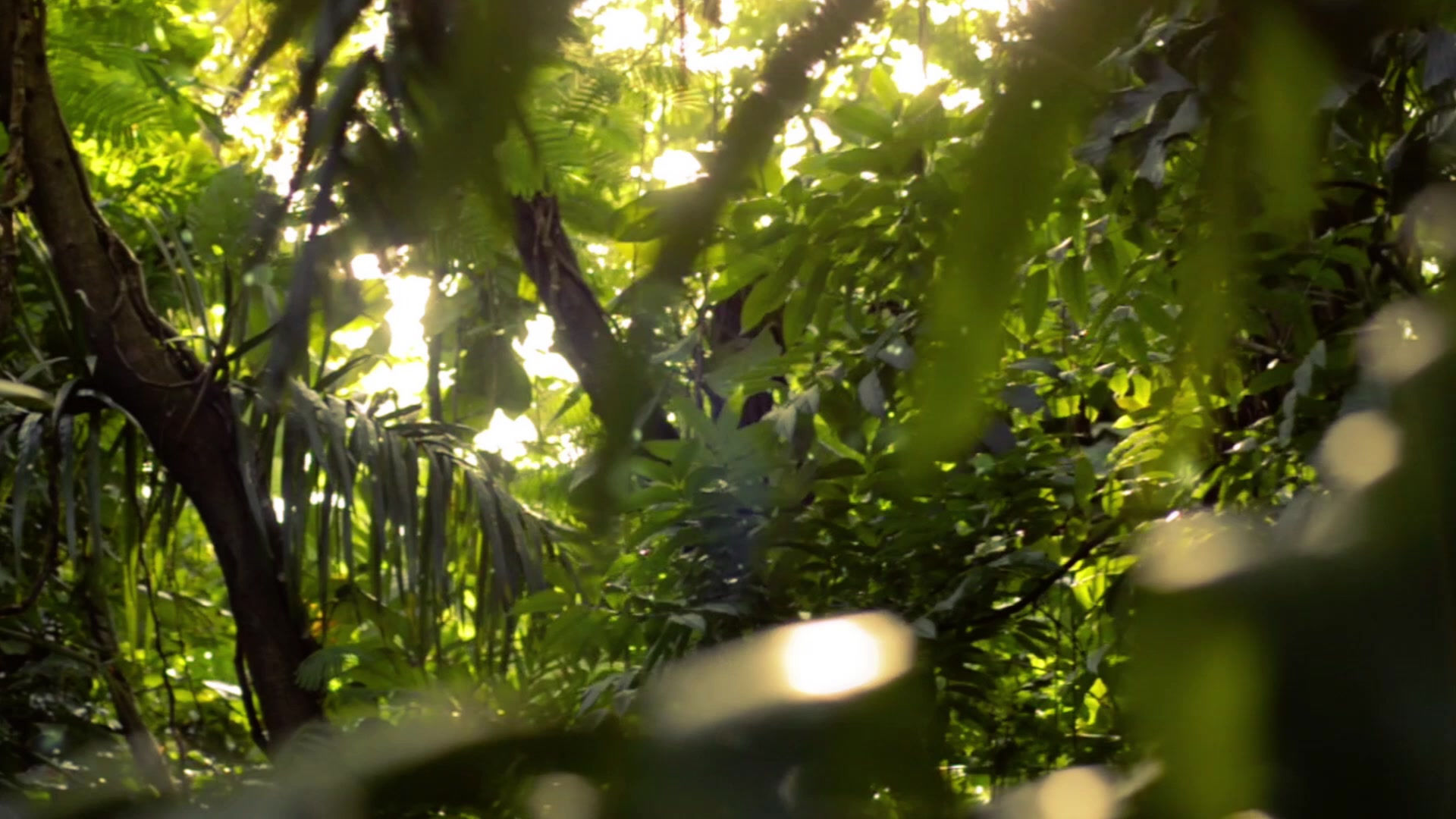






Beach Cleanup Initiative – 100 Kilometers of Coastline
This year, we’ve committed to cleaning 100 kilometers of beach, covering the entire coastline of the park. To take on this massive task, we’ve hired 40 people from the local village—both to get the job done and to support the local economy.
The team is divided into four groups of 10. Each group works for five days straight before rotating out with another. On average, a team cleans about 350 meters of beach per day. While that may not sound like much, the overwhelming volume of plastic waste makes the work incredibly demanding.
At the start of the project, we began documenting the types of waste we were collecting to better understand the problem. Surprisingly, the most common item we found was plastic water bottles, followed by cosmetic containers and discarded flip-flops.
Given the park’s remote location and the logistical challenges of transporting waste, we made the difficult decision to dispose of the plastic on-site. We dig pits roughly 1.5 meters deep, burn the collected plastic, then cover the holes before moving on. While not ideal, it’s currently the only viable solution in such an isolated area.
We're also exploring more sustainable alternatives. Recently, we started experimenting with ways to recycle the plastic our first success has been producing bricks from the waste. It’s early days, but we’re hopeful this could lead to a more eco-friendly approach in the future.
Plastic bricks:
How to Make Plastic-Sand Bricks
Making these bricks is a fairly simple process. The end product is strong, durable, and visually appealing ideal for use as paving bricks. They handle the elements well and are waterproof. However, there are a few drawbacks: the production process can cause air pollution, and the bricks are not fireproof. Melting plastic releases toxic gases, so make sure to work in a well-ventilated area or outdoors.
Materials Needed:
-
Waste plastic
-
Sand
-
Large metal container (e.g., an old oil drum cut in half)
-
Heat source (such as a fire pit or industrial burner)
-
Mold for shaping the bricks
-
Protective gear (gloves, mask, and goggles)
Step-by-Step Process:
Step 1: Melt the Plastic
Place the waste plastic into a large metal container and apply heat until it fully melts. We used an old oil drum cut in half as our melting pot.
Step 2: Mix in the Sand
Once the plastic is fully melted, gradually add sand into the mixture. Stir thoroughly until the sand is evenly coated and the mixture appears wet and consistent. This indicates it’s ready.
Step 3: Mold and Cool
Pour the mixture into your prepared molds. Allow it to cool for at least 25 minutes. Once hardened, the brick should be solid and ready for use.



Getting involved
If you have a better idea on how we can recycle the plastic we collect given our remote area or would like to get involve in a project we are busy doing please send us a message for more information.
